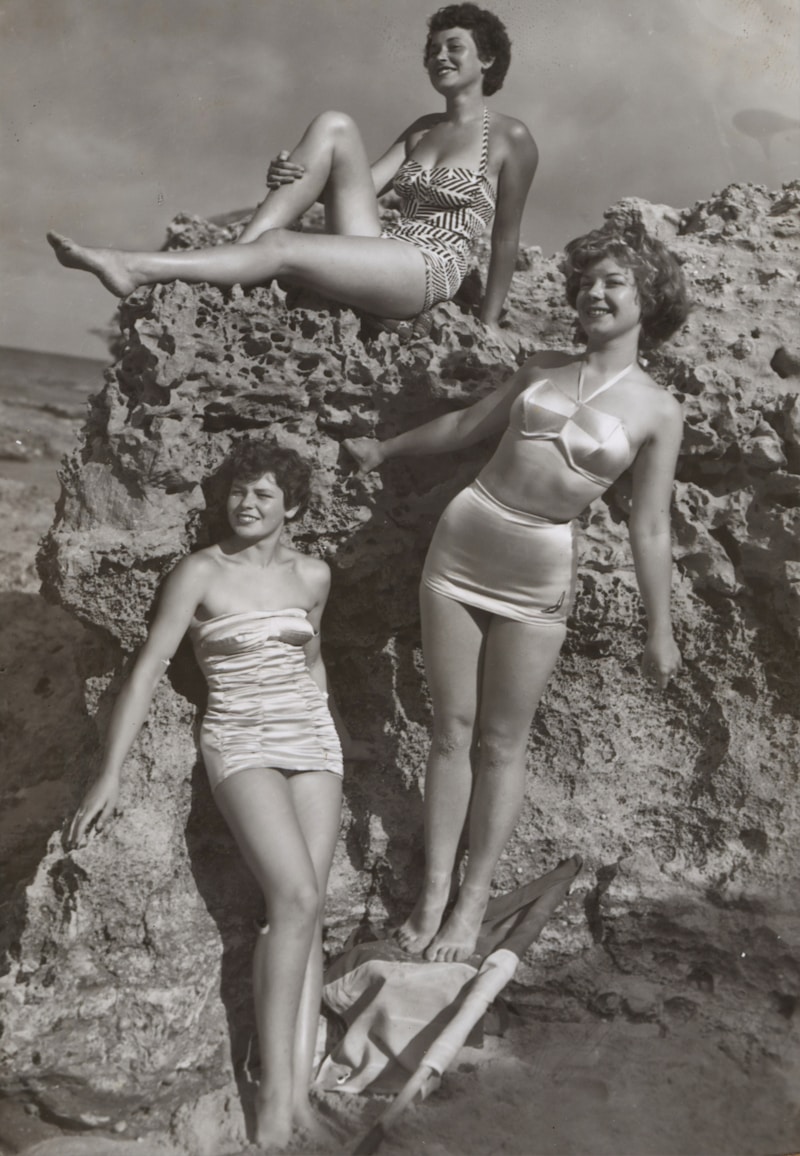Preserving Vintage Wedding Dresses: A Guide to Timeless Elegance
Introduction
Vintage wedding dresses are treasures, each telling a unique story of love and commitment. As trends in fashion change, these beautiful garments often become a cherished family heirloom. However, preserving vintage wedding dresses requires careful attention and expertise to maintain their integrity. In this guide, we’ll delve into the best practices for preserving vintage wedding dresses so that they can be enjoyed for generations to come.
Understanding the Importance of Preservation
Preserving vintage wedding dresses is crucial not only for aesthetic reasons but also for sentimental value. These gowns often hold memories of special days and serve as a tangible connection to the past. Here are a few reasons why preservation matters:
- Sentimental Value: A wedding dress is more than just fabric; it's a representation of one of the most important days in life.
- Financial Investment: Vintage wedding dresses can hold or even appreciate in value over time. Proper preservation can prevent damage that leads to a decrease in worth.
- Environmental Impact: By preserving and restoring vintage pieces, we contribute to sustainable fashion practices.
Common Challenges in Preservation
Preserving vintage wedding dresses comes with its unique set of challenges, including:
- Fabric Fragility: Many vintage dresses are made from delicate fabrics that can deteriorate over time.
- Stains and Discoloration: Yellowing, fading, or stains from historical wear can affect the appearance.
- Improper Storage: Many brides make the mistake of storing their dress without considering the subsequent impact on the fabric.
Steps for Preserving Vintage Wedding Dresses
To properly preserve a vintage wedding dress, follow these important steps:
1. Clean the Dress
Before storing your dress, it is crucial to have it cleaned by professionals who specialize in vintage garments. Regular dry cleaning can cause more harm than good. Instead, opt for specialists who use gentle processes that protect delicate fabrics.
2. Repair Any Damage
Before cleaning, assess the dress for any damages that need repairing. This can include stitching down seams or fixing loose beading. Again, seek out professionals who understand the nuances of vintage fashion.
3. Choose the Right Storage Material
The materials used for storage are vitally important. Use acid-free tissue paper and a breathable garment bag made from natural fibers. Avoid plastic covers, as they can trap moisture and cause mildew.
4. Store Properly
Store your dress in a cool, dark place away from direct sunlight. A temperature-controlled environment is ideal. Laying the dress flat in a sturdy box lined with acid-free tissue is often the best approach to avoid creases and pressure marks.
Table of Recommended Storage Techniques
| Storage Method | Description | Advantages |
| Flat Storage | Laying the dress flat in a box with acid-free tissue. | Reduces pressure on seams and fabric. |
| Hanging Storage | Using a padded hanger with a breathable garment bag. | Good for preventing creases, but needs to be done cautiously. |
| Climate Control | Storing in a temperature-controlled environment. | Prevents damage from extreme temperatures and humidity. |
5. Regularly Inspect the Dress
Even when properly stored, it's important to check on your vintage wedding dress periodically. Look for any signs of wear, insect damage, or stains. If you notice any issues, seek professional help immediately to prevent further damage.
Addressing Common Questions
What should I do if my dress has yellowed?
Yellowing can be a sign of oxidation or improper storage. Consult with a preservation expert who can assess and, if possible, treat the discoloration professionally.
Can I wear my vintage wedding dress again?
Wearing a vintage dress can be tempting, but it increases the risk of damage. If you do decide to wear it, ensure you're careful and consider wearing it only for special occasions. Professional cleaning afterward is a must!
How can I protect my dress from pests?
Moths and other pests can be a significant threat to vintage fabrics. To deter them, use lavender sachets in storage and inspect the dress regularly. Make sure the storage area is clean and dry.

Final Thoughts
Preserving vintage wedding dresses not only ensures that their beauty endures but also honors the legacy they carry. Whether you're planning to pass your dress down through generations or simply wish to keep a beloved piece of history, following these steps can make all the difference. Remember, patience and care are key components in the preservation process. Always consult professionals when in doubt, ensuring that your treasured gown remains a symbol of timeless elegance for years to come.